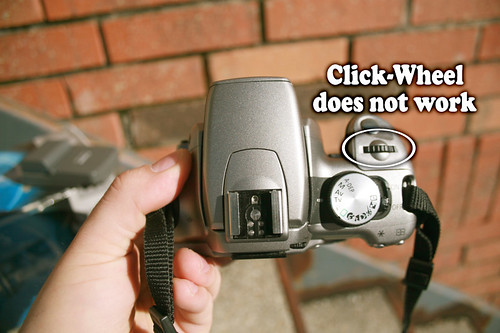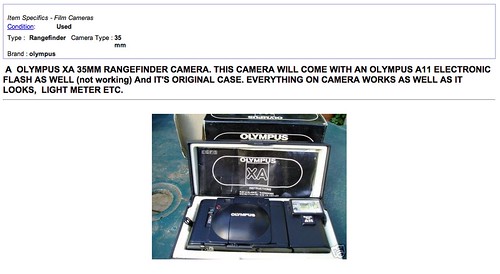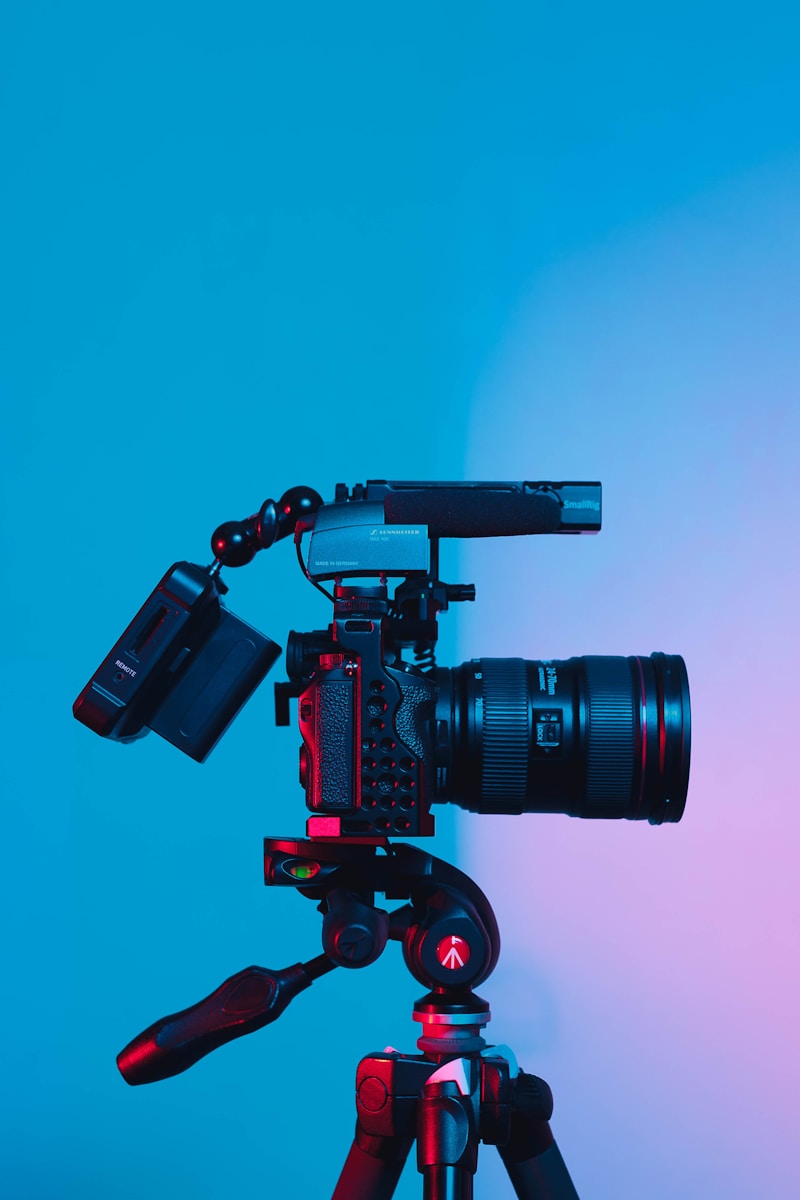It’s a new year, and for lots of people that means resolutions to keep…and ultimately break. It also means that now is the time to pick up that new lens or camera you’ve been fawning over for the last 364 days. Considering the substantial cost of photo gear, it’s likely you have been saving up for a while now. Smart move. And, of course, you can further offset the cost of new equipment by selling your old stuff.
Understandably, some people feel a bit apprehensive about the whole process of selling online. Fortunately, you don’t need to be professional salesperson in order to be successful at this; sure, there’s always the possibility you might run into some unpleasantness, but in my experience that has been exceedingly rare.
Being successful at this level of online commerce is really all about presentation: how you present the gear you are selling and how you present yourself.
Hopefully the advice that follows will be of some help.
Make Sure Whatever You’re Trying to Sell is Worth Selling
The point here isn’t necessarily about a specific monetary value, it’s about being honest with yourself so that you can be honest with potential buyers. If there’s something wrong with your lens or camera — some damage or malfunction that can’t be seen upon visual inspection, then it would blatantly unethical to sell it to anyone. Sometimes broken is just broken and you need to eat the loss and move on. You could, of course, have the item repaired before attempting to sell it, but there’s a chance the repair costs would then make trying to sell the item pointless. Or you could sell it for parts; there are plenty of tinkerers online who might be looking for exactly what you have.
Provide High Quality Images of the Product
Now, assuming you’ve got gear worth selling, the most important thing you can do is provide potential buyers with great photos of your gear.
First of all, make sure your gear is clean. It’s also important that the area in which you take the photos is clean and free of any distracting or irrelevant background clutter (your collection of Walking Dead bobble heads has no business being in the shot).
You can achieve catalog-like images by simply using a light box; one should set you back no more than $40USD. A light box is essentially a white box that bounces light evenly all around the box’s interior and allows that light to wrap around the item inside, thus eliminating shadows.
Finally, shoot your item from every angle. Two product images is not enough. If someone is seriously considering purchasing your item, they will want to see as many angles as possible; top, bottom, left, right, zoomed out overview, zoomed in details. You should provide at least 6 pictures; always do more if possible.
As an added bonus to prospective buyers, you might provide a short video of your item in action (this obviously won’t apply to everything). Saying that the DSLR you’ve got for sale is in good working order is one thing, showing that camera to be in good working order adds a layer of confidence.
Describe Your Gear Accurately
This is related to the first point about honesty. People who are in the market for used photography equipment typically know exactly what they want and are perfectly willing to accept certain flaws in the gear they purchase second hand — chipped paint, some dust inside a lens, a small crack in a screen. A lower than retail price mitigates those factors. But something like sticky aperture blades might be a deal breaker for a buyer; it’s your job as the seller to make sure people know what they’re getting from you. Be very specific and as detailed as possible in your description. Certainly give your item a glowing account (if it deserves it), but don’t leave out things that you think might prevent or slow your sell. You never know what someone is willing to buy, so it pays to be honest.
Price Your Gear Appropriately
In many ways, this is the hardest part of selling gear online. Everyone wants the maximum price possible for their equipment and, as such, it’s easy to overprice your stuff. Most of the time, the only point of reference you will have in terms of valuation is the price you paid for it. Get that out of your mind. Even if you hardly used the item in question, it’s highly unlikely that you’ll sell it for the price you paid for it.
The best route to take is to look around online for items like yours in similar condition and see how much they sold or are selling for. And remember that you are well within your right to factor in shipping and other applicable fees. Just be reasonable and fair about it.
If you feel you’ve set too high a price, that’s okay; it’s better to start high and allow someone to bargain their way down a bit than to set too low a price and later discover you shorted yourself out of some decent money.
Where to Sell Your Gear
You have options aplenty when selling online. There are photography forums and communities such as Fred Miranda, The Photo Forum, and Photography on the Net. Site like these often require you to be an active member with a minimum number of posts before you’re eligible to sell, but they also tend to be tight knit communities, so you can rest a little easier when your gear is up for sale.
Online photography stores like KEH, Adorama, and B&H buy used equipment; they aren’t going to pay as much as you might get selling to an individual, but these outlets will take your old equipment off your hands pretty quickly.
Facebook is another option when you’re looking to offload some old gear. There are a number of large active groups with members buying and selling on a very regular basis.
Of course, you always have old standby that is eBay. It’s wildly popular and setting up a membership is relatively easy; but due to the sheer volume of both its membership pool and its inventory, fraud can be a real concern. eBay’s feedback system works well enough — the higher your feedback score, the more trustworthy you’re supposed to be — but it can work against you if you don’t sell very often; you will have a low feedback score, making it less likely people buy from you. If you’re an established member, however, you should have an easier time selling your wares.
If you want to sell locally, check for photography groups and camera stores near you. Or you can use Craigslist. Yes, we all know Craigslist has a certain reputation, so always use your best judgment when taking that route. It can yield great results, however.
Remember…
- Include original boxes, accessories, packaging, and any paperwork that came with the lens or camera you’re selling; people are more likely to buy with these things as part of the sale.
- You are your own customer service representative. Be tactful and courteous, answer questions, do whatever it takes to earn a buyer’s trust.
- Be prepared to haggle. Depending on how the market is moving, you may have to accept a price lower than you originally intended.
- Be patient. It’s not likely your old camera will be purchased the day after you list it. It could take a couple of weeks, it could take a month or more. If you’re in a hurry, consider lowering your asking price.
Good luck with your sale!









1 Comment
Hi Jason,
I wondered if you know whether there is any demand for old (decent) film cameras and accessories? If so, where would one go about advertising them?